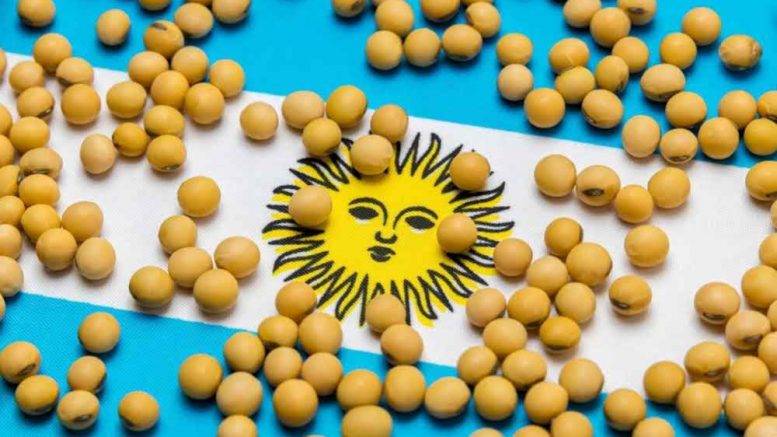“…it is possible to notice that soybean yields are stagnant and that the productive potential of corn is growing over the years…”
Cristian Russo is an agronomist and head of the agricultural estimates sector at the Rosario Stock Exchange.

Cristian Russo, head of agricultural estimates at Rosario Stock Exchange
AgriBrasilis – Why did the soybean go from “star crop to plan B” in Argentina?
Cristian Russo – When analyzing the yields of soybeans and corn in the main productive regions of Argentina (as shown in the graph below), it is possible to notice that soybean yields are stagnant and that the productive potential of corn is growing over the years. Additionally, soybean has become an expensive crop due to the ongoing problem of herbicide-resistant weeds.
Another factor that harms soybean farming is the taxes that are charged on agricultural exports (33% in the case of soybean, compared to the 12% that applies to corn). Taxes are one of the factors that lead farmers to rotate crops and prefer to produce corn, despite the high investment that this crop requires.

AgriBrasilis – What are the effects of the exchange rate variation in this sense?
Cristian Russo – In this case, the plans that change the values for soybean and corn as the value of the dollar changes have a major impact. Over the last week, for example, there has been a considerable improvement in soybean margins for this reason. This is something that could negatively affect the corn planting plans during the 2023/24 season.
AgriBrasilis – What is the situation of the water deficit in the country and what is expected in the coming months?
Cristian Russo – September began with rain in the center and east of the country, and the drought scenario remains in much of Córdoba, La Pampa, center and north of Santa Fe and west of Buenos Aires. Furthermore, there is an extreme lack of water in the west of the country, after the severe drought that occurred in the Summer and Autumn, which only favored the Eastern region, with significant heavy rainfall at the end of May.
AgriBrasilis – Will it be possible to get a good wheat harvest?
Cristian Russo – In the case of wheat, the scenario showed a decrease in sowing, which means that the 2023/24 season has the lowest levels of wheat sowing of the last 8 wheat cycles in Argentina. The shortage that continues in most of the country’s wheat farming regions reduced the production estimate from 15.6 million tonnes to 15 million tonnes.
READ MORE:
Peruvian Agricultural Sector Had the Biggest Contraction in 30 Years

